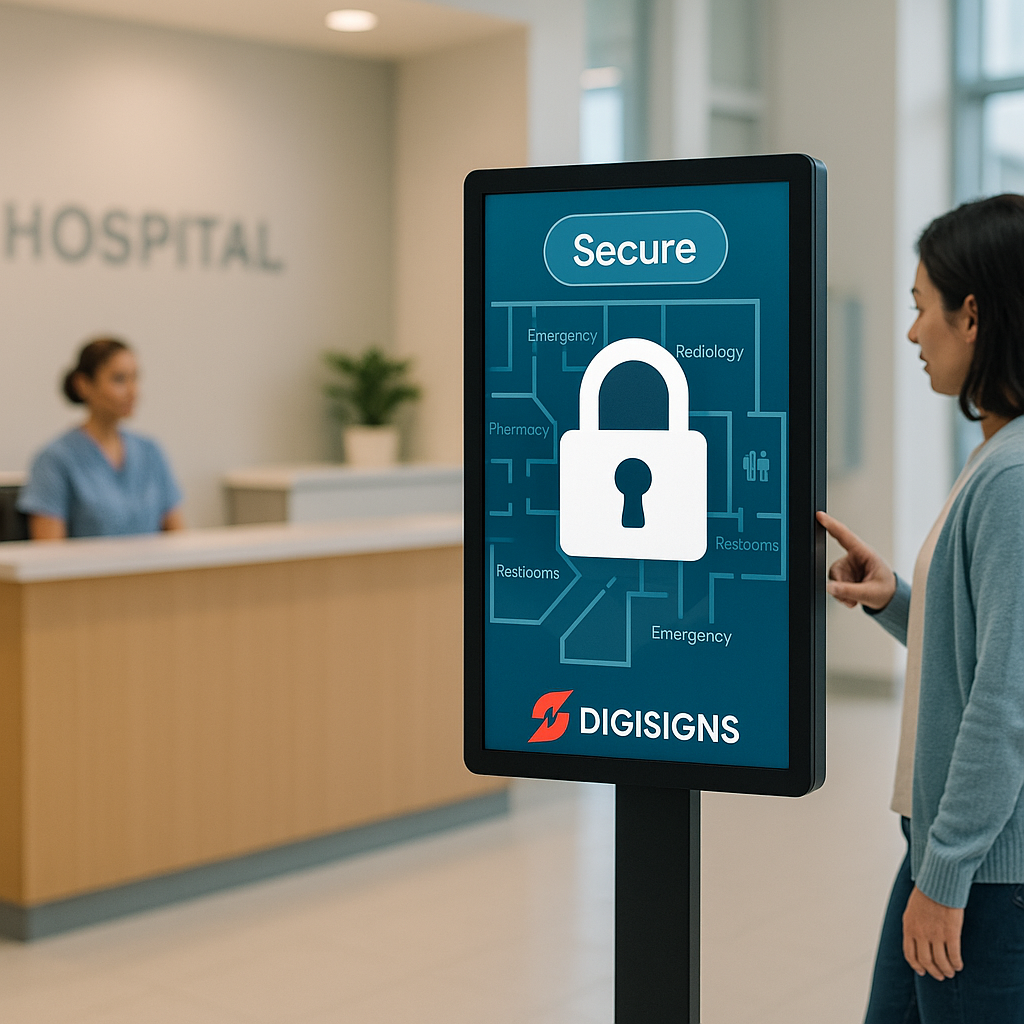As the digital landscape continues to evolve, digital signage remains at the forefront of transforming how businesses, institutions, and public spaces communicate. By 2026, this technology is poised to reach new heights, driven by groundbreaking innovations and seamless integrations that enhance user experiences and operational efficiency. With the global digital signage market projected to grow significantly, staying ahead of emerging trends is essential for organizations aiming to captivate audiences and streamline processes. This blog delves into the top digital signage trends to watch in 2026, exploring how advancements in artificial intelligence, sustainability, and interactivity will shape the future of this dynamic industry.
The Rise of Artificial Intelligence in Digital Signage
Artificial intelligence (AI) is set to revolutionize digital signage by 2026, moving beyond basic automation to deliver highly personalized and predictive content. AI-powered systems will analyze vast amounts of data—such as customer behavior, foot traffic patterns, and social media trends—to tailor messages in real time. For instance, a retail store might display promotions for rain gear when weather forecasts predict a storm, or a gym could highlight fitness classes based on peak attendance times. This level of customization enhances engagement, with studies suggesting that personalized content can increase customer response rates by up to 20%.
Moreover, AI will streamline content creation and management. Generative AI tools will enable businesses to produce high-quality videos, graphics, and animations with minimal effort, reducing production time from days to minutes. In corporate settings, AI-driven analytics will provide insights into employee interactions with signage, helping organizations optimize communication strategies. As AI matures, its integration with digital signage promises to create smarter, more responsive displays that adapt to their environments seamlessly.
Sustainability Takes Center Stage
Sustainability is no longer a niche concern but a global priority, and by 2026, it will heavily influence digital signage trends. Organizations are increasingly adopting eco-friendly practices to meet regulatory demands and appeal to environmentally conscious consumers. Energy-efficient LED displays, solar-powered screens, and e-paper technology—known for its low power consumption and paper-like appearance—will become standard in both indoor and outdoor settings. These innovations not only reduce carbon footprints but also lower operational costs, with some estimates indicating energy savings of up to 30% compared to traditional displays.
Manufacturers are also exploring recyclable materials and modular designs that extend the lifespan of signage hardware, minimizing electronic waste. Businesses adopting these sustainable solutions can enhance their brand reputation while qualifying for green certifications or tax incentives in many regions. By 2026, sustainability will be a competitive differentiator, pushing companies to rethink their digital signage strategies with an eye toward long-term environmental impact.
Interactive and Immersive Experiences
Interactivity is set to redefine digital signage in 2026, transforming passive viewers into active participants. Touchscreens, gesture controls, and voice-activated interfaces will become commonplace, allowing users to engage with content in intuitive ways. Imagine a museum visitor using gestures to explore an exhibit’s history on a digital display or a shopper scanning a QR code to view product details on their phone. This trend, fueled by advancements in augmented reality (AR) and virtual reality (VR), will create immersive experiences that blend physical and digital worlds.
Interactive kiosks will expand beyond retail into healthcare, education, and transportation, offering wayfinding, check-ins, and personalized services. The integration of sensors and IoT devices will further enhance interactivity, enabling screens to respond to environmental cues like crowd density or time of day. This shift toward engagement will not only boost customer satisfaction but also provide valuable data for businesses to refine their offerings, making interactivity a cornerstone of future digital signage deployments.
Cloud-Based Solutions and Scalability
Cloud technology will dominate digital signage by 2026, offering unparalleled flexibility and scalability. Unlike traditional systems that rely on on-premises hardware, cloud-based platforms allow businesses to manage content remotely, update displays instantly, and scale their networks without significant upfront investment. This trend is particularly beneficial for multi-location enterprises, such as retail chains or educational institutions, where consistent messaging across sites is critical.
The subscription-based model of cloud solutions reduces costs by eliminating the need for expensive servers and technical expertise, democratizing access to advanced signage for small and medium-sized businesses. Additionally, cloud platforms will support real-time data integration, enabling live feeds from weather services, social media, or internal systems to keep content relevant. As connectivity improves, cloud-based digital signage will empower organizations to adapt quickly to changing needs, solidifying its role as a future-proof solution.
Hyper-Personalization and Data-Driven Insights
Hyper-personalization, powered by data analytics and AI, will be a defining trend in 2026. Digital signage will leverage customer data—such as purchase history, location, and preferences—to deliver tailored content that resonates with individual viewers. For example, a coffee shop might display a loyalty discount for a regular customer as they approach, while a corporate office could show personalized announcements based on an employee’s role. This level of customization fosters stronger connections, with research indicating that 91% of consumers are more likely to shop with brands that recognize their needs.
Data-driven insights will also enhance decision-making. Businesses will use analytics from digital signage interactions to measure engagement, track campaign performance, and optimize content schedules. This trend will extend beyond marketing into operational areas, such as monitoring employee productivity or managing facility usage. By 2026, hyper-personalization will position digital signage as a powerful tool for building loyalty and driving measurable outcomes.
Overcoming Challenges and Embracing the Future
Despite its potential, the adoption of these trends faces challenges. High initial costs, technical complexity, and data privacy concerns could hinder implementation, particularly for smaller organizations. However, as technology becomes more affordable and regulations evolve to protect user data, these barriers will lessen. Partnerships with experienced providers can also mitigate risks, offering expertise in installation, maintenance, and security.
Looking ahead, the convergence of AI, sustainability, and interactivity will create a new era of digital signage. Organizations that embrace these trends in 2026 will not only enhance communication but also gain a competitive edge in an increasingly digital world. From retail floors to educational campuses, digital signage will continue to evolve, reflecting the needs of a connected, conscious, and engaged society.
Conclusion
The digital signage trends of 2026—AI integration, sustainability, interactivity, cloud-based solutions, and hyper-personalization—represent a leap forward in how businesses and institutions connect with their audiences. These innovations promise to deliver engaging, efficient, and eco-friendly experiences that resonate with modern demands. As the industry grows, staying informed and adaptable will be key to leveraging digital signage’s full potential. The future is bright, and it’s displayed on screens that speak, engage, and inspire across every sector.


